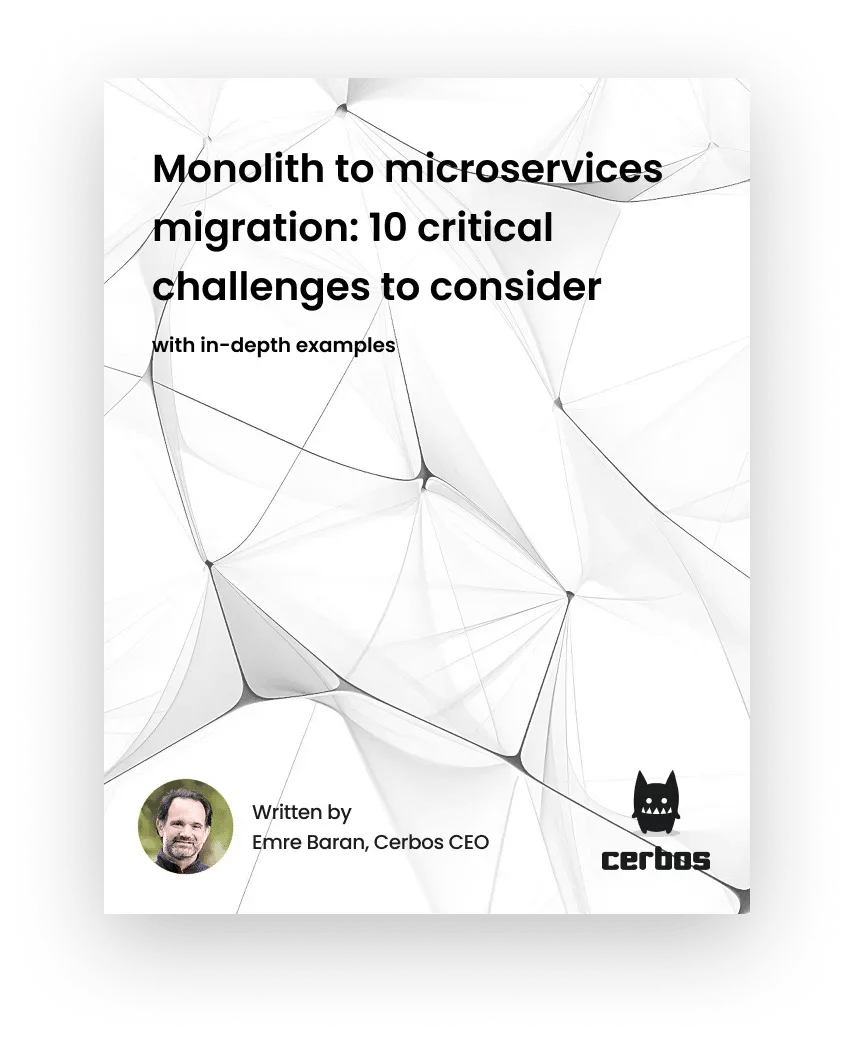
Monolith to microservices migration: 10 critical challenges to consider
A practical 10-part ebook that guides you through the process of re-architecting both your tech stack and organizational structure when transitioning from a monolithic to a microservices. Featuring examples from top engineering teams at Uber, Spotify, and Netflix, and how they've successfully navigated the transition.












